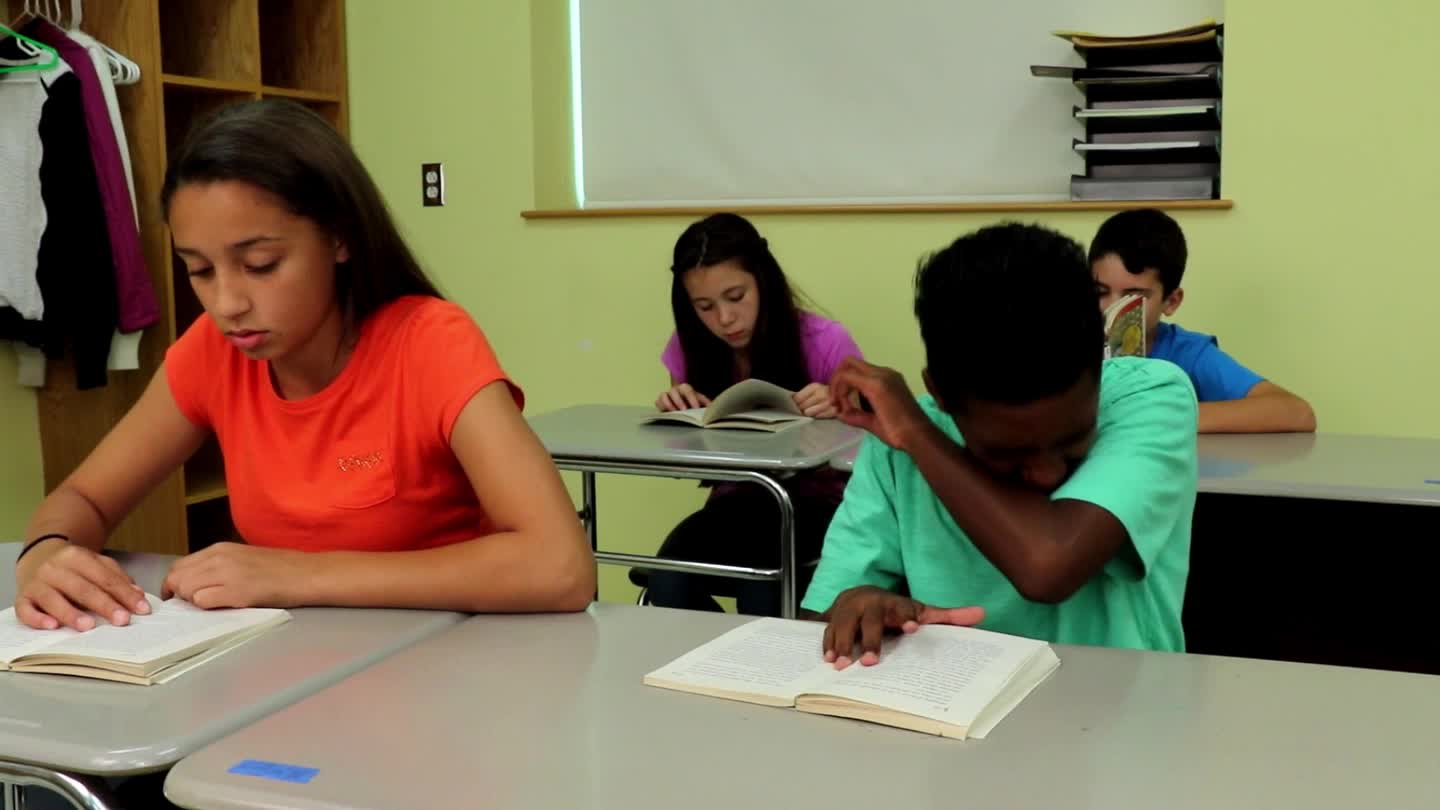
Introduction
As educators, one of our responsibilities is to teach students essential life skills that will help them become responsible and considerate individuals. Teaching proper hygiene habits is crucial for the well-being of students, their peers, and the community. In this blog post, we will discuss a valuable skill: sneezing and coughing etiquette. By incorporating principles of Social-Emotional Learning, we can help students in Special Education understand the importance of these habits and how they can prevent the spread of germs.
No-Prep Activity: Germ Busters
Here’s a fun and interactive activity that requires no preparation or materials from the educator. This activity is called “Germ Busters” and aims to teach students the importance of proper sneezing and coughing etiquette, as well as handwashing.
- Begin by explaining the concept of germs and how they can spread through sneezing and coughing. Ensure that students understand the importance of covering their mouth and nose when sneezing or coughing.
- Ask students to stand up and spread out in the room, giving each student enough space to move around comfortably.
- Have the students practice sneezing and coughing etiquette by pretending to sneeze or cough and demonstrating how to cover their mouth and nose with their sleeve or elbow. Ensure that they understand the importance of using their elbow rather than their hands.
- Next, ask the students to pretend they have germs on their hands. Have them practice “washing” their hands by rubbing them together while counting to 20. Explain that this is the amount of time needed to effectively clean their hands.
- Conclude the activity by having a group discussion about the importance of proper sneezing and coughing etiquette, and how it helps to prevent the spread of germs.
Discussion Questions
Use these questions to stimulate further discussions about sneezing and coughing etiquette:
- Why is it important to cover our mouth and nose when we sneeze or cough?
- What is the difference between using our hands and our elbow to cover our mouth and nose when we sneeze or cough? Why is one method better than the other?
- When should we wash our hands after sneezing or coughing? How long should we wash our hands to ensure they are clean?
- How can practicing proper sneezing and coughing etiquette help protect our friends, family, and community from getting sick?
- Can you think of other hygiene habits that are important to practice in our daily lives?
Related Skills
Besides sneezing and coughing etiquette, there are other relevant skills that students should learn to maintain good hygiene and health. Some of these skills include:
- Proper handwashing techniques
- Using tissues and disposing of them appropriately
- Maintaining personal space and respecting others’ space
- Keeping personal items and shared spaces clean and organized
- Understanding the importance of regular showers and grooming habits
Next Steps
Teaching proper hygiene habits, like sneezing and coughing etiquette, is essential for students’ well-being and the health of those around them. By incorporating Social-Emotional Learning principles, we can help students develop a sense of responsibility and empathy towards others. If you’re interested in exploring more activities and resources to teach these valuable skills, sign up for free samples at Everyday Speech. Discover a variety of materials that will help you teach essential life skills to your students in an engaging and effective way.

